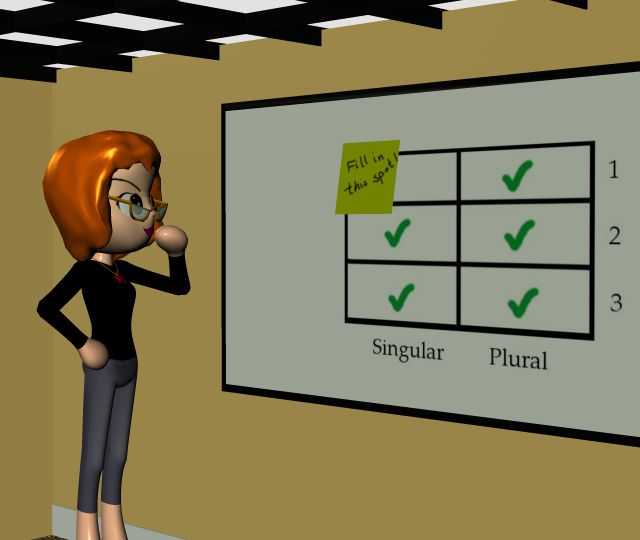Thursday, January 25, 2018
It's not forbidden. It's perfectly common!
Languages with real verb inflections often have distinct endings for several types of imperative, depending on who's receiving the orders.
These distinct forms always include 2nd person singular and plural. Sometimes 3rd singular and plural. Often 1st plural. NEVER 1st singular, because supposedly you can't give orders to yourself.
Nonsense. 1st singular imperative is probably more common than the others, especially in the context of memos and reminders.
I hadn't thought about it until just now. After I figured out a time-saving trick, I wrote a Note To Self in my Reminders file for the current project:
While building a LSN that requires lots of splitting and reuniting of text pages, avoid constant renumbering of the PAGES list by simply capping it with END PAGES after the point where I'm working.
What caught my attention was a dissonance. My sense of grammatical regularity insisted that the last few words should be where you're working because avoid is an imperative, and imperatives are always 2nd person. But there isn't any you in this situation. The imperative is an order to me, not an order to you. Therefore, in this sentence avoid is a 1st singular imperative, though English doesn't mark any of these forms explicitly.
 = = = = =
Later thought: This little piece of grammar is sort of Heisenbergy. People have always left internal Notes To Self, some verbal and some non-verbal. Before widespread and convenient writing, these internal notes wouldn't have been observed by grammarians. The only externally observable equivalent would have been a bankshot of 2nd person imperatives. "Remind me to lock the doors!" ... followed by the later response ... "Lock the doors!" After writing became easy and cheap, and especially after the invention of the refrigerator magnet, the Note To Self became a purely self-given command with an externally observable and archivable instantiation.
= = = = =
Later thought: This little piece of grammar is sort of Heisenbergy. People have always left internal Notes To Self, some verbal and some non-verbal. Before widespread and convenient writing, these internal notes wouldn't have been observed by grammarians. The only externally observable equivalent would have been a bankshot of 2nd person imperatives. "Remind me to lock the doors!" ... followed by the later response ... "Lock the doors!" After writing became easy and cheap, and especially after the invention of the refrigerator magnet, the Note To Self became a purely self-given command with an externally observable and archivable instantiation.
 = = = = =
Later thought: This little piece of grammar is sort of Heisenbergy. People have always left internal Notes To Self, some verbal and some non-verbal. Before widespread and convenient writing, these internal notes wouldn't have been observed by grammarians. The only externally observable equivalent would have been a bankshot of 2nd person imperatives. "Remind me to lock the doors!" ... followed by the later response ... "Lock the doors!" After writing became easy and cheap, and especially after the invention of the refrigerator magnet, the Note To Self became a purely self-given command with an externally observable and archivable instantiation.
= = = = =
Later thought: This little piece of grammar is sort of Heisenbergy. People have always left internal Notes To Self, some verbal and some non-verbal. Before widespread and convenient writing, these internal notes wouldn't have been observed by grammarians. The only externally observable equivalent would have been a bankshot of 2nd person imperatives. "Remind me to lock the doors!" ... followed by the later response ... "Lock the doors!" After writing became easy and cheap, and especially after the invention of the refrigerator magnet, the Note To Self became a purely self-given command with an externally observable and archivable instantiation.
Labels: Language update, Metrology
